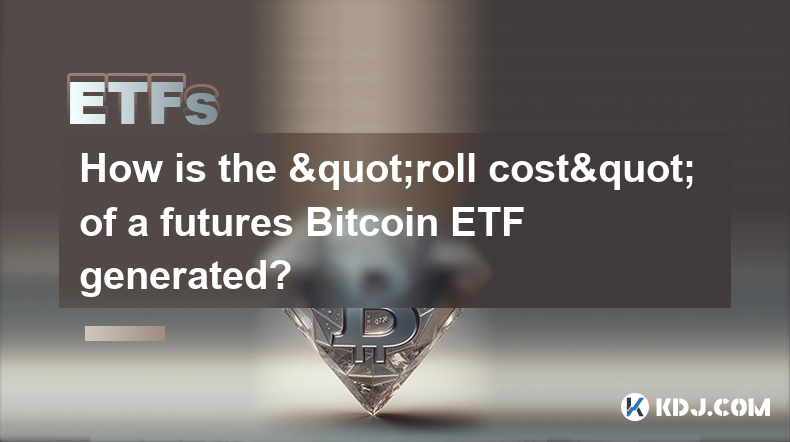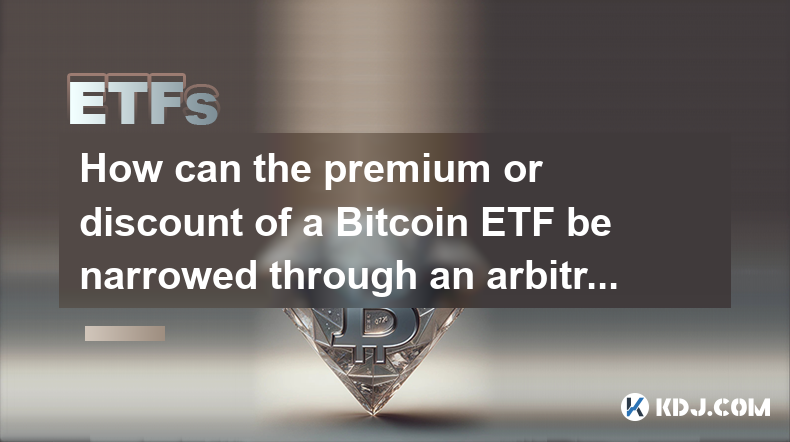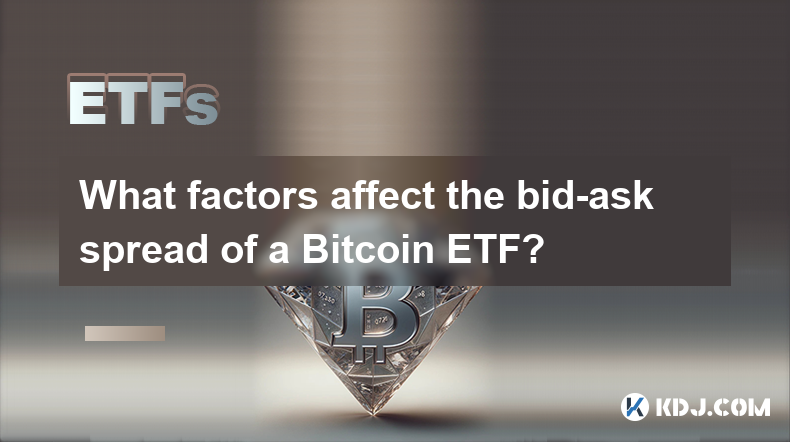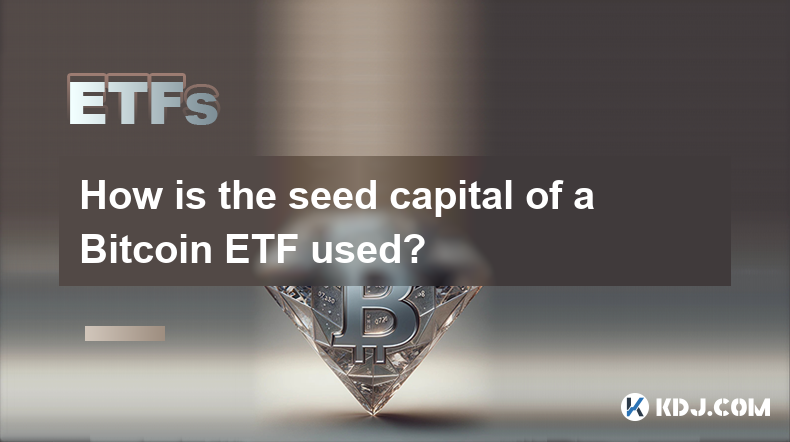-
 Bitcoin
Bitcoin $87,985.5737
0.72% -
 Ethereum
Ethereum $1,574.8026
-3.90% -
 Tether USDt
Tether USDt $0.9999
0.00% -
 XRP
XRP $2.0783
-1.83% -
 BNB
BNB $600.4630
-0.57% -
 Solana
Solana $138.7268
-1.43% -
 USDC
USDC $1.0000
0.00% -
 Dogecoin
Dogecoin $0.1604
-0.49% -
 TRON
TRON $0.2468
0.93% -
 Cardano
Cardano $0.6232
-2.68% -
 Chainlink
Chainlink $13.0447
-3.65% -
 UNUS SED LEO
UNUS SED LEO $9.1903
-2.36% -
 Avalanche
Avalanche $19.7884
-0.95% -
 Stellar
Stellar $0.2455
-2.64% -
 Toncoin
Toncoin $2.9136
-3.77% -
 Shiba Inu
Shiba Inu $0.0...01234
-3.12% -
 Sui
Sui $2.2351
0.79% -
 Hedera
Hedera $0.1701
-0.34% -
 Bitcoin Cash
Bitcoin Cash $343.8870
1.52% -
 Hyperliquid
Hyperliquid $18.4355
1.81% -
 Litecoin
Litecoin $78.5146
-0.23% -
 Polkadot
Polkadot $3.7235
-4.61% -
 Dai
Dai $1.0000
0.00% -
 Bitget Token
Bitget Token $4.4307
-2.55% -
 Ethena USDe
Ethena USDe $0.9992
-0.01% -
 Pi
Pi $0.6322
-0.72% -
 Monero
Monero $215.4354
-0.09% -
 Pepe
Pepe $0.0...07934
0.95% -
 Uniswap
Uniswap $5.2398
-3.49% -
 OKB
OKB $50.8827
-0.49%
What is the regulatory framework for Bitcoin ETFs?
Global Bitcoin ETF regulation is complex and varies widely, with investor protection, market manipulation prevention, and Bitcoin's volatility as key concerns. The SEC's US review process exemplifies the challenges and uncertainties in achieving approval.
Feb 27, 2025 at 06:54 am

What is the Regulatory Framework for Bitcoin ETFs?
Key Points:
- The regulatory framework for Bitcoin ETFs (Exchange-Traded Funds) is complex and varies significantly across jurisdictions. There's no single, globally unified approach.
- The primary concerns driving regulatory scrutiny are investor protection, market manipulation, and the inherent volatility of Bitcoin.
- Securities regulators in different countries assess Bitcoin ETFs based on different criteria, resulting in a patchwork of approvals and rejections.
- The US regulatory landscape is particularly crucial due to its significant influence on global markets. The SEC's ongoing review of numerous Bitcoin ETF applications highlights the challenges and uncertainties involved.
- Future developments in the regulatory framework will likely be influenced by factors such as market maturity, technological advancements, and evolving investor understanding of cryptocurrencies.
Detailed Exploration of the Regulatory Framework for Bitcoin ETFs:
The regulatory landscape surrounding Bitcoin ETFs is a constantly evolving field, marked by significant jurisdictional differences and ongoing debate. Understanding this framework requires examining several key aspects:
- Investor Protection: This is arguably the most important consideration for regulators. Bitcoin's price volatility poses a substantial risk to retail investors who may not fully understand the intricacies of the cryptocurrency market. Regulators are concerned about ensuring that Bitcoin ETFs offer adequate protection against fraud, manipulation, and excessive risk. This involves rigorous scrutiny of the ETF's structure, custodian arrangements, and the underlying Bitcoin holdings. The ETF must demonstrate robust mechanisms to prevent market manipulation, including measures to detect and respond to wash trading or spoofing activities. Furthermore, clear and concise disclosure documents are crucial to ensure investors are fully informed of the risks involved before investing. Regulators often require detailed explanations of the ETF's investment strategy, risk factors, and expense ratios. Adequate liquidity provisions are also necessary to ensure investors can readily buy and sell ETF shares without significant price slippage. The regulatory framework aims to establish a level playing field, preventing situations where certain investors have access to information or trading advantages not available to others.
- Market Manipulation: The decentralized nature of Bitcoin and the potential for manipulation are major concerns. Regulators need assurance that the ETF's underlying Bitcoin holdings are sourced from reputable and regulated exchanges, reducing the risk of manipulation through artificial price inflation or deflation. This requires stringent due diligence on the custodians holding the Bitcoin, verifying their security protocols and their ability to prevent theft or loss. Furthermore, regulators often examine the trading volume and price behavior of the underlying Bitcoin to assess the potential for manipulation. Sophisticated surveillance techniques and robust reporting mechanisms are essential to detect and deter any attempts to artificially influence the Bitcoin price. The regulatory framework necessitates transparency in the ETF's trading activities and regular audits to verify the accuracy of reported holdings. Any indication of suspicious trading activity triggers immediate regulatory scrutiny, potentially leading to suspension or delisting of the ETF.
- Valuation and Pricing: Accurately valuing Bitcoin and ensuring fair pricing of the ETF are critical aspects of the regulatory framework. Regulators examine the methodology used to determine the net asset value (NAV) of the ETF, ensuring it accurately reflects the value of the underlying Bitcoin holdings. This requires transparent and verifiable valuation procedures, ideally based on data from multiple reputable exchanges. Any discrepancies between the ETF's market price and its NAV raise concerns about potential manipulation or inaccurate valuation. Regular independent audits are essential to verify the accuracy of the valuation process. The regulatory framework aims to establish a robust system to prevent pricing discrepancies and ensure the fair treatment of investors.
- Custodian Oversight: The secure custody of the Bitcoin underlying the ETF is paramount. Regulators meticulously examine the qualifications and track record of the custodians chosen to hold the Bitcoin. These custodians must demonstrate robust security protocols, including measures to protect against hacking, theft, and loss. The regulatory framework often mandates that custodians undergo regular security audits and adhere to stringent industry best practices. Regulators also scrutinize the custodians' insurance coverage to ensure adequate protection against losses. Furthermore, the regulatory framework often requires transparency in the custodians' operations, including regular reporting on the security of the Bitcoin holdings. The selection and oversight of custodians are critical aspects of ensuring the ETF's integrity and protecting investors' assets.
- Anti-Money Laundering (AML) and Know Your Customer (KYC) Compliance: Regulators are concerned about the potential use of Bitcoin ETFs for illicit activities, such as money laundering and terrorist financing. Therefore, the regulatory framework incorporates stringent AML and KYC requirements. This involves verifying the identities of investors and monitoring their transactions to detect any suspicious activity. The ETF issuer must establish robust compliance programs, including ongoing monitoring of transactions and reporting of suspicious activity to the relevant authorities. The regulatory framework also often requires the ETF to cooperate with law enforcement investigations and provide information as needed. Failure to comply with AML and KYC regulations can lead to significant penalties and reputational damage.
- Tax Implications: The tax treatment of Bitcoin ETFs varies across jurisdictions and can be complex. Regulators need to provide clarity on how Bitcoin ETFs will be taxed, addressing issues such as capital gains, dividends, and other tax liabilities. This requires coordination between securities regulators and tax authorities to ensure consistent and transparent tax treatment. The regulatory framework needs to address potential tax avoidance schemes and ensure fair taxation of investors. Clear guidance on tax implications is crucial for investors to make informed decisions and comply with tax laws.
- Jurisdictional Differences: The regulatory frameworks for Bitcoin ETFs vary considerably across jurisdictions. Some countries have already approved Bitcoin ETFs, while others are still considering applications or have outright rejected them. This creates a fragmented global landscape, with different regulatory requirements and standards. Understanding these jurisdictional differences is crucial for both ETF issuers and investors. The regulatory framework in each jurisdiction must be carefully considered when launching or investing in a Bitcoin ETF.
FAQs:
Q: What are the main obstacles to Bitcoin ETF approval in the US?
A: The primary obstacles include concerns about market manipulation, price volatility, and the lack of a comprehensive regulatory framework specifically designed for cryptocurrencies. The SEC has expressed concerns about the potential for fraud and manipulation in the Bitcoin market, requiring robust measures to mitigate these risks before approving a Bitcoin ETF.
Q: How do regulatory frameworks for Bitcoin ETFs differ across different countries?
A: Regulatory frameworks vary significantly, reflecting differing approaches to investor protection, market surveillance, and the overall treatment of cryptocurrencies. Some countries are more open to crypto innovation and have approved Bitcoin ETFs, while others maintain a more cautious stance, focusing on preventing risks and ensuring investor protection. There's no globally unified standard.
Q: What are the implications of regulatory approval for Bitcoin ETFs on the broader cryptocurrency market?
A: Regulatory approval could lead to increased institutional investment in Bitcoin, potentially driving up its price and increasing its mainstream adoption. It would also enhance the legitimacy and credibility of Bitcoin as an asset class. Conversely, rejection could stifle growth and investor confidence.
Q: What role do custodians play in the regulatory approval process of Bitcoin ETFs?
A: Custodians are crucial. Regulators meticulously examine their security protocols, insurance coverage, and overall ability to safeguard the Bitcoin assets underlying the ETF. The selection of a reputable and highly secure custodian is a key factor in gaining regulatory approval.
Q: How does AML/KYC compliance impact the regulatory approval of Bitcoin ETFs?
A: Strict AML/KYC compliance is essential to prevent the use of Bitcoin ETFs for illicit activities. Regulators scrutinize the ETF issuer's compliance programs to ensure that they meet stringent standards and effectively prevent money laundering and terrorist financing. Failure to meet these standards can be a major obstacle to approval.
Disclaimer:info@kdj.com
The information provided is not trading advice. kdj.com does not assume any responsibility for any investments made based on the information provided in this article. Cryptocurrencies are highly volatile and it is highly recommended that you invest with caution after thorough research!
If you believe that the content used on this website infringes your copyright, please contact us immediately (info@kdj.com) and we will delete it promptly.
- Reserve Protocol's RSR token surges over 13% after Coinbase listing announcement
- 2025-04-22 13:40:11
- Bitcoin (BTC) May Soon Mirror Gold's Price Trajectory, Setting Up a $450,000 Target by Year-End
- 2025-04-22 13:40:11
- PEPE price prediction: Bullish breakout could be the start of a rally
- 2025-04-22 13:35:12
- Pi Network (PI) Price Prediction: Experts Forecast Jump to $5
- 2025-04-22 13:35:12
- 4 Altcoins That Will Explode in 2025: What Web3 ai, XRP, Cardano, and PEPE Are Signaling Now
- 2025-04-22 13:30:12
- Mantra (OM) founder and CEO John Patrick Mullin has started unstaking 150 million of his Mantra (OM) tokens
- 2025-04-22 13:30:12
Related knowledge

What is the difference in returns between long-term holding of a Bitcoin ETF and holding Bitcoin directly?
Apr 09,2025 at 04:15am
When considering the difference in returns between long-term holding of a Bitcoin ETF and holding Bitcoin directly, it's essential to understand the nuances and factors that affect each investment option. Both approaches have their unique advantages and potential drawbacks, which can significantly impact the overall returns over time. Understanding Bitc...

How is the "roll cost" of a futures Bitcoin ETF generated?
Apr 08,2025 at 01:22pm
The 'roll cost' of a futures Bitcoin ETF is a critical concept for investors to understand, as it directly impacts the performance of the ETF. In this article, we will delve into the mechanics of how the roll cost is generated, exploring the underlying processes and factors that contribute to this cost. Understanding Futures ContractsFutures contracts a...

How can the premium or discount of a Bitcoin ETF be narrowed through an arbitrage mechanism?
Apr 09,2025 at 12:07am
Arbitrage mechanisms play a crucial role in narrowing the premium or discount of a Bitcoin Exchange Traded Fund (ETF). Understanding how these mechanisms work can provide valuable insights into the dynamics of Bitcoin ETFs and their relationship with the underlying asset. This article will delve into the specifics of how arbitrage can be used to align t...

What factors affect the bid-ask spread of a Bitcoin ETF?
Apr 08,2025 at 08:50pm
The bid-ask spread of a Bitcoin Exchange Traded Fund (ETF) is a critical metric that investors and traders closely monitor. It represents the difference between the highest price a buyer is willing to pay (bid) and the lowest price a seller is willing to accept (ask). Several factors influence this spread, and understanding them can help investors make ...

How is the seed capital of a Bitcoin ETF used?
Apr 10,2025 at 02:15pm
The seed capital of a Bitcoin ETF plays a crucial role in the establishment and operation of the fund. This initial investment is used to create the fund's underlying assets, manage operational costs, and ensure the ETF can start trading on an exchange. Understanding how this seed capital is utilized provides insight into the mechanics of Bitcoin ETFs a...

What is the difference between "physically backed" and "synthetic" Bitcoin ETFs in terms of holding assets?
Apr 10,2025 at 04:56pm
Bitcoin Exchange Traded Funds (ETFs) have become a popular way for investors to gain exposure to the cryptocurrency market without directly owning the underlying asset. There are two primary types of Bitcoin ETFs: physically backed and synthetic. Understanding the differences between these two types, particularly in terms of how they hold assets, is cru...

What is the difference in returns between long-term holding of a Bitcoin ETF and holding Bitcoin directly?
Apr 09,2025 at 04:15am
When considering the difference in returns between long-term holding of a Bitcoin ETF and holding Bitcoin directly, it's essential to understand the nuances and factors that affect each investment option. Both approaches have their unique advantages and potential drawbacks, which can significantly impact the overall returns over time. Understanding Bitc...

How is the "roll cost" of a futures Bitcoin ETF generated?
Apr 08,2025 at 01:22pm
The 'roll cost' of a futures Bitcoin ETF is a critical concept for investors to understand, as it directly impacts the performance of the ETF. In this article, we will delve into the mechanics of how the roll cost is generated, exploring the underlying processes and factors that contribute to this cost. Understanding Futures ContractsFutures contracts a...

How can the premium or discount of a Bitcoin ETF be narrowed through an arbitrage mechanism?
Apr 09,2025 at 12:07am
Arbitrage mechanisms play a crucial role in narrowing the premium or discount of a Bitcoin Exchange Traded Fund (ETF). Understanding how these mechanisms work can provide valuable insights into the dynamics of Bitcoin ETFs and their relationship with the underlying asset. This article will delve into the specifics of how arbitrage can be used to align t...

What factors affect the bid-ask spread of a Bitcoin ETF?
Apr 08,2025 at 08:50pm
The bid-ask spread of a Bitcoin Exchange Traded Fund (ETF) is a critical metric that investors and traders closely monitor. It represents the difference between the highest price a buyer is willing to pay (bid) and the lowest price a seller is willing to accept (ask). Several factors influence this spread, and understanding them can help investors make ...

How is the seed capital of a Bitcoin ETF used?
Apr 10,2025 at 02:15pm
The seed capital of a Bitcoin ETF plays a crucial role in the establishment and operation of the fund. This initial investment is used to create the fund's underlying assets, manage operational costs, and ensure the ETF can start trading on an exchange. Understanding how this seed capital is utilized provides insight into the mechanics of Bitcoin ETFs a...

What is the difference between "physically backed" and "synthetic" Bitcoin ETFs in terms of holding assets?
Apr 10,2025 at 04:56pm
Bitcoin Exchange Traded Funds (ETFs) have become a popular way for investors to gain exposure to the cryptocurrency market without directly owning the underlying asset. There are two primary types of Bitcoin ETFs: physically backed and synthetic. Understanding the differences between these two types, particularly in terms of how they hold assets, is cru...
See all articles























































































